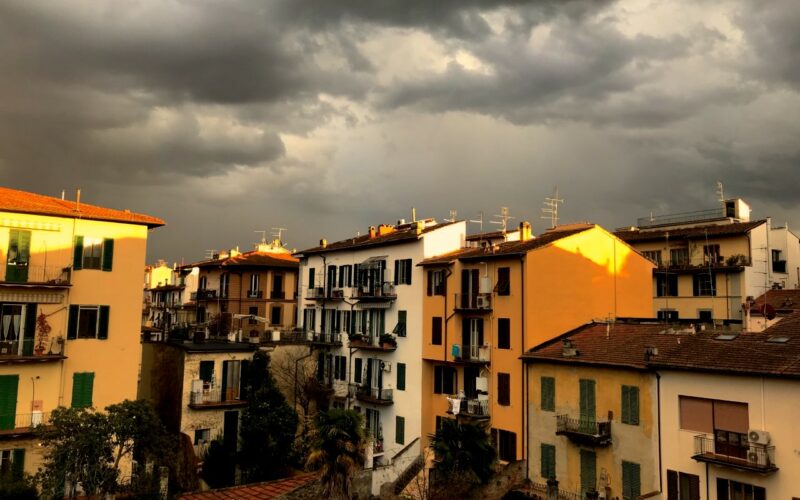Sitting in my apartment, which was built in the 1800’s and is a historically protected building in my part of Florence, I look at the 15-foot-tall ceilings. Colorful geometric tiles cover the ceiling and there is a protruding, succulent filled balcony off the back end of our living room.
It seems strange to be living in a building so old, because I’m just an American student! But what is interesting is that my apartment could be considered new for the city; there are buildings around me that were built in the 1300’s, 1500’s and beyond, so my apartment is just one of many structures that make this Italian city a historic hub. And since arriving in Florence just one week ago, I’ve explored the residential, family neighborhood in which I live, the crowded, tourist center, and parts beyond the massively famous river — areas yielding old monasteries and off-the-beaten-path restaurants. What I can gather is that Florence, over the years, is an exceptional city because of how it honors relics of its past.
Florence has a sense of pride in history, and it’s visually apparent. The majority of people here consistently care about preserving the architecture around them, as evidenced by a city that is almost entirely historic, structure-wise. Hardly any buildings are new, which makes the cityscape a mass of tan, intricately designed 3-5 story buildings. It makes sense: after all, the city is hundreds of years old, and it’s in fact against the law to sell a house that has been in your family for generations! As a result, it seems as though the community has banded together to protect their infrastructure — and that is what makes Florence look just as it did hundreds of years ago.
I find Florence, in this one week I’ve been here, to be a city that has a great respect for the past despite also acknowledging the future and changing times. For example: the city has done a careful job of crafting modern street signs so that the match the facades of buildings. City trash dumpsters, which consist of rounded structures on curbsides where individuals on the surrounding blocks bring their garbage, make trash collection in a cramped old city doable but not an eyesore. Green neon crosses marking pharmacy storefronts stand out for city residents, but don’t detract from the beauty and original structure of buildings. Creative posters advertising contemporary art shows are, for the most part, in designated areas or plastered on buses and park benches.
All in all, what I’ve seen in Florence are examples that highlight a city that has learned to preserve its past while accommodating the needs of the present and future. As a design and art history student with an interest in historic preservation and archives, Florence has proved to be a historic city that did things right.

